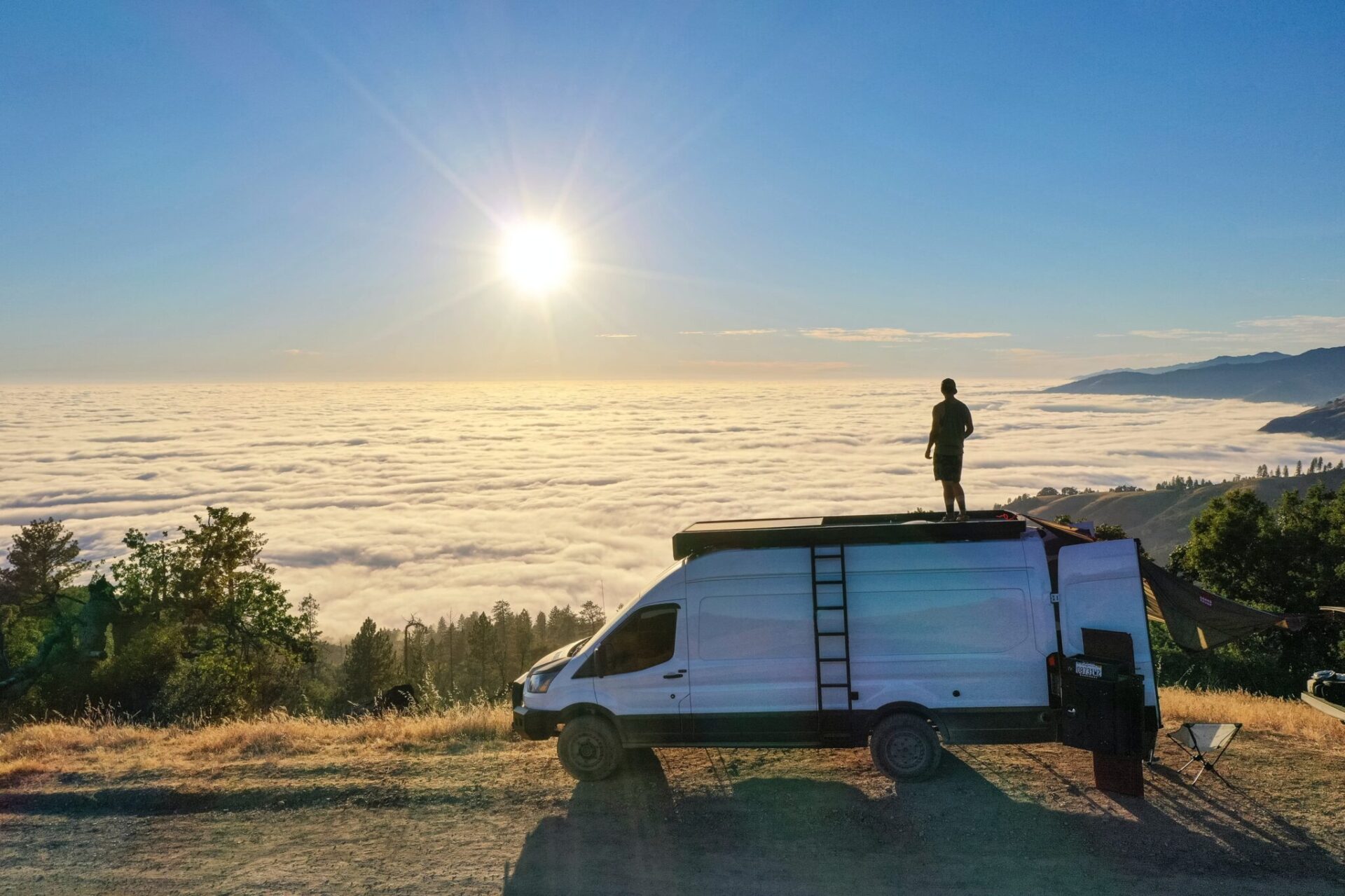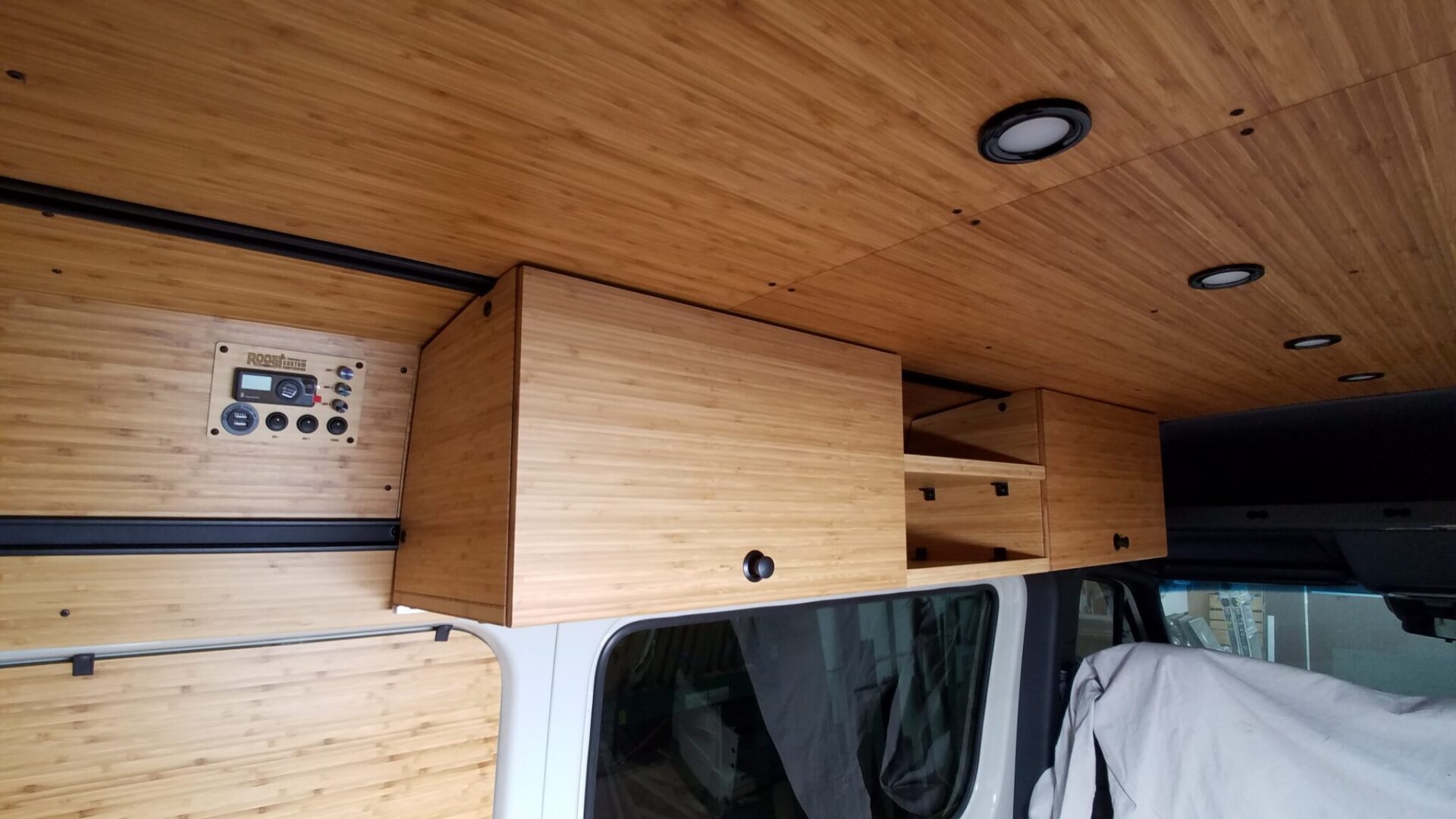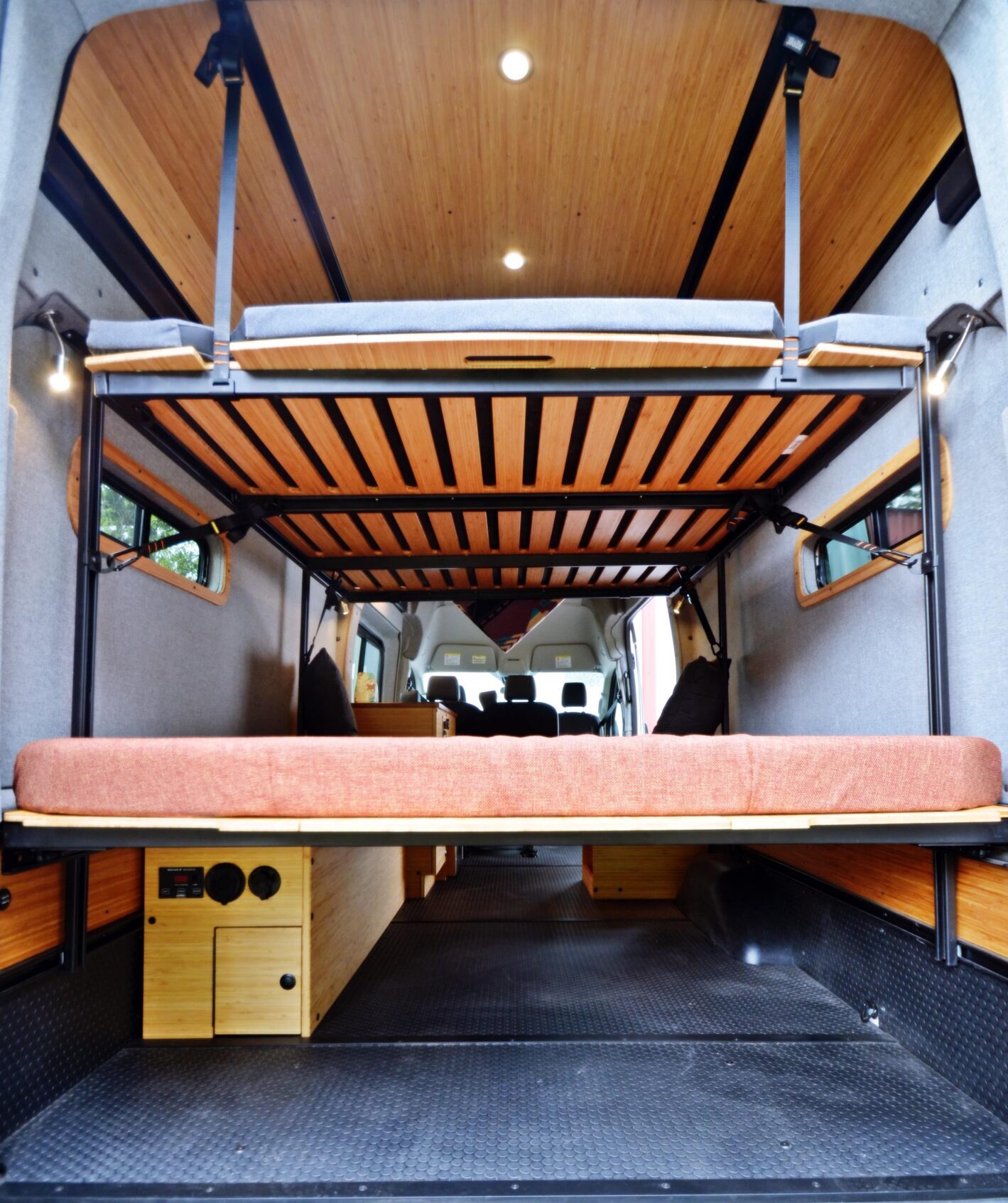Navigating Van Life with Kids
Let’s face it – parenting is an unpredictable ride. I have two amazing kids, a 7-year-old boy, and a 3-year-old girl, and the spectrum of emotions I traverse in a day is mind-boggling. From tears of gratitude to moments of frustration that make me scream, it’s a wild journey. Strangely, my wife and I wouldn’t trade it for anything – well, depends on the minute.
Van life, with its confined spaces and unique challenges, amplifies the highs and lows of parenting. My aim here is to share my story and perspectives, hoping to shed light on whether it’s the right fit for your family. Before we delve deeper, let’s clarify what we mean by “Van Life.” Living out of your van, without a brick-and-mortar house, is an adventure worth exploring. But, for the purpose of this guide, we’re focusing on extended vacations in a van, sans hotel stays, lasting around three weeks or more.
1. REDEFINING ADVENTURE WITH KIDS
One aspect my wife and I cherish about traveling with our children is the ease of having an adventure anywhere. While we were once avid backpackers exploring distant lands, the arrival of children prompted a shift in our perspective. A shorter trip to a small town with the kids became a cherished adventure, requiring less planning but delivering immense joy in discovering new, beautiful areas. Amplified by the wonder of our children
When we built our first van, we marveled at how leaving the house became a breeze. Everything was ready – clothes, food, games, diapers – making a spontaneous trip possible in under 30 minutes. Having a van as a home base meant we always had snacks, water, a safe nap spot, and a portable toilet at the ready. The decision to extend a trip became less about having the necessary stuff and more about having the time to spare.
Staying at home often feels more challenging than traveling in a well-equipped Class-B camper van. The reduced stuff, simplified chores, and slowed-down pace contribute to a more relaxed family dynamic. Unlike home, where daily tasks and projects can consume us, life on the road encourages us to savor the moment.
2. MAKING MEMORIES ALONG THE WAY
One of the beauties of van life is finding adventure in unexpected places. My kids don’t care about the destination; they relish the time with mom and dad. Some of our most cherished memories stem from impromptu stops – trailheads leading to outdoor escapades, quirky small-town museums, or stumbling upon community events. Life tends to unfold when we step out of the house.
A typical routine involves intentional routes off the beaten path keeping daily drives under 100 miles. This deliberate choice allows for relaxed stops at points of interest my wife and I have earmarked on a shared Google Map over time. These stops include trails, quaint towns, family-friendly restaurants, weird points of interest and facilities for the kids.
3. EMBRACING SIMPLICITY ON THE ROAD
Van life forces us to have less stuff, and surprisingly, it makes life easier. Practical tips include light, quality plastic cookware, nesting cups with lids, and the philosophy of ‘less is more.’ The less you pack, the less stress you bring, and the more enjoyable the journey becomes. 1 spork, 1 Plowel (plate/bowl), and one cup per person. Interesting how the kids, and we for that matter, learn to keep it clean and keep track of it. The less you have, the less you need. Now I’m not a minimalist mind you, but we’ve learned that you don’t really need much when you are on the road. We live in an INCREDIBLE country, the USA. Utilize it. Be prepared, but avoid the temptation of bringing all the stuff. A Kindle, a single large tablet for snuggling up to movies, 3 sets of clothes and layers that you will inevitably re-wear several of them. Yes, underwear can be worn inside out. Disgusting? Fine. Whatever. That’s what we do backpacking. You are living out of a van after all, with kids, not an RV. The more you pack with you, the more stress you are bringing.
The key to a successful van life with kids is setting intentions properly. We opt for smaller national parks, explore areas instead of specific spots, and leave room for downtime. Boredom becomes a catalyst for discovery, and we find wonder in the simple joy of kids playing with sticks.

4. SOME TIPS + QUANTITY OF STUFF
- The parents eat out of the pot after serving the kids. Less dishes and to be blunt, intimacy with our spouse can get shot with kids. Small wins.
- We cook in the van, always. Haven’t had an issue with smell. Ever.
- Waterproof covers on the beds for kids is helpful.
- Easy games like cards or dice or others that don’t have small pieces to manage or a big board that can get bumped and shoot the game to hell.
- Pack clothing in layers.
- Let the kids get their shoes wet and just pack one pair. It’ll happen once, maybe twice. And then a peculiar thing happens, we see our kids take extra care with their shoes.
- A favorite stuffy.
- 1 toiletry bag for everyone, self care is a family event. Then it gets put away.
In the grand tapestry of van life with children, the key is to embrace the chaos, simplify, and savor the unexpected moments and opportunities. Not just move onto the next thing. It’s not just a lifestyle; it’s a journey filled with beautiful memories waiting to be experienced.
Photo credits: leahsmithphotography.com

















